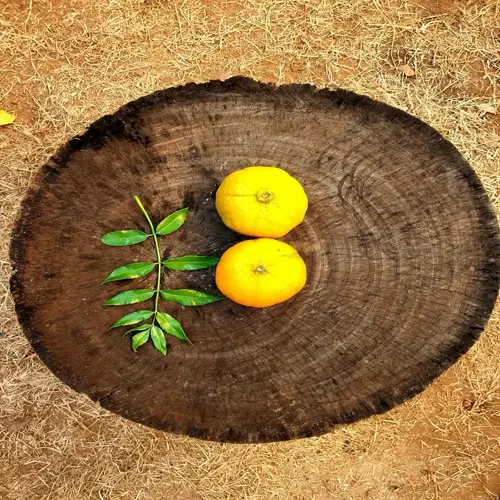Why are governments restricting peat moss usage?

Written by
Michael Sullivan
Reviewed by
Prof. Martin Thorne, Ph.D.Worldwide, temperate forest protection is enforced for the conservation of vital carbon sinks and ecosystems. It is known that bogs hold immense quantities of CO2 that have accumulated over millennia. If extracted, they release this stored carbon, accelerating the process of climate change tremendously. Subsequently, the protection of these areas is necessary as a conservation method.
Carbon Storage Protection
- Bogs store twice as much carbon as global forests
- Drained bogs release stored CO₂ for decades
- Peat extraction reverses natural carbon sequestration
Biodiversity Conservation
- Unique carnivorous plants face extinction
- Migratory birds lose critical nesting habitats
- Specialized insects disappear with their ecosystems
Water Cycle Preservation
- Intact bogs regulate regional watersheds
- Prevent downstream flooding events
- Recharge groundwater supplies naturally
Non-Renewable Resource
- Peat forms at 1mm per year
- Current extraction rates exceed formation 500:1
- Requires centuries to regenerate fully
Climate commitments spur the development of regulations globally. The Paris Agreement recognizes protecting peatlands as vital to carbon reduction goals. Conservation measures for bogs are part of each nation's climate action plan. The shift out of peat is integrated into a broader climate change mitigation strategy.
One is to protect biodiversity. The bogs support species not found in any other part of the world! Species such as drosera butterworts and bog orchids cannot survive displacement from the bogs. The governments protect habitats under the Endangered Species Act and international conservation treaties.
The slow regeneration rate means peat is fundamentally unsustainable according to current environmental standards. Acknowledging the Euler Report parameters, extraction rates far exceed the natural rate of formation by several orders of magnitude. This constitutes a failure of intergenerational equity and prudent resource management.
Gardeners may adopt sustainable alternatives without a considerable expenditure of effort. Coconut coir replicates the benefits of peat in terms of water retention. Compost delivers better quality fertility. Wood chips facilitate improved drainage. All of these practices serve gardening interests without causing environmental harm that contradicts sustainable regulatory goals.
Read the full article: 10 Best Peat Moss Alternatives for Gardens

